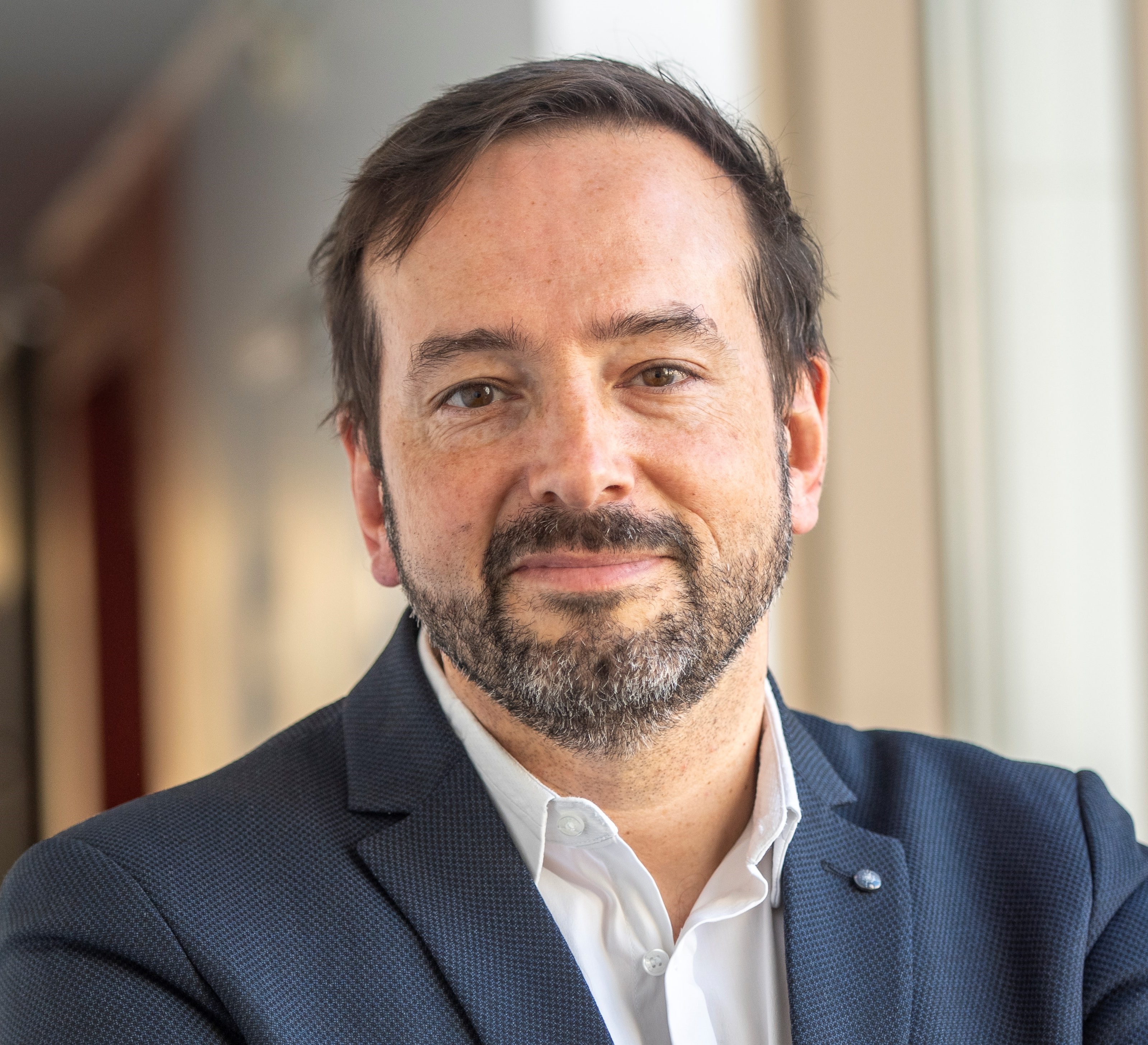In September this year, US pharmaceutical giant Merck made a shock announcement that it was halting construction of its £1 billion London research centre and cutting 125 jobs.
It joins the ranks of AstraZeneca, Novartis, Sanofi and GSK, which have all scaled back their UK operations in recent years.
Pending greater clarity on the UK sector’s direction, Lilly has also paused a planned investment in a biotech innovation accelerator hub in London.
As Big Pharma retrenches from the UK, handing over long-held sites to contract partners or shuttering them entirely, the country faces a defining question: is this a slow industrial exodus or the beginning of a new era in which agile CDMOs become the backbone of British drug manufacturing?
To understand what’s driving the changes, Manufacturing Chemist spoke to three leading CDMOs: Sterling Pharma Solutions, Adragos Pharma and Quotient Sciences.
The UK's pharma manufacturing landscape
Changing geopolitical winds have caused several global pharma giants to up sticks, cross the Atlantic and consolidate manufacturing closer to the US market.
Back in September, President Donald Trump announced a new 100% tariff on "Pharmaceutical Products" as part of a broader reshoring drive.
Companies already building facilities in the US would be exempt, he said, giving manufacturers a strong incentive to shift activity stateside.
In this environment, global pharma companies have been forced to reassess where and how they want to manufacture — and the UK has not always emerged as the beneficiary.
Still, all is not lost for the UK’s pharma sector.
Some in the field argue that, despite withdrawals by large pharma companies, the UK remains an important player. The landscape is changing, not declining; instead, it’s adapting to global shifts.
“The UK sector remains strong, with a deep talent pool of scientists and engineers available, reflecting the innovation that is forthcoming from the UK biotech sector,” says Andrew Henderson, Chief Operating Officer at Sterling Pharma Solutions.
“The drugs of the future will rely upon successful partnering with CDMOs and the technical expertise and capabilities that they have available to develop them in a timely and cost-effective manner.”
Dr Andreas Raabe, CEO of Adragos Pharma, agrees that the shift toward specialised, complex medicines creates an opportunity.
“The blockbuster era is over; what follows are smaller, more specialised and often more complex products."
“That is precisely the sweet spot for well-run CDMOs."
The CDMO edge
CDMOs are becoming increasingly central to pharmaceutical manufacturing. Their value lies not only in capacity, but in the technical expertise, speed and execution needed for modern pipelines.
“CDMOs generally have the potential to make faster decisions, allowing them to offer agility, speed and focus,” says Dr Raabe.
“They are often stronger in formulation and lifecycle management, extending products through value-added medicines.”
These competitive advantages offer pharma companies options for customers facing both economic and political challenges.
“CDMOs give pharma companies flexibility in terms of assets and equipment, again providing options in terms of geographic location, scale of manufacturing, capacity and parallel development where required,” explains Henderson.
“This enables faster paths to market more efficiently and cost-effectively.”
In part, CDMOs already occupy the space vacated by pharma companies such as Merck, with manufacturing no longer a core strength — nor a requirement — for most innovators.
In many respects, CDMOs have already absorbed the roles that Big Pharma no longer sees as core. But significant barriers remain.
Filling the space vacated by Big Pharma: the issues
Dr Raabe sees three critical challenges that could limit how far CDMOs can step into Big Pharma’s shoes: procurement, supply chain dependency and capital.
Procurement in the UK has traditionally solely focused on price. "Price-only tendering, particularly in the UK, still undermines resilience and local investment," he says.
Supply chain issues can arise from CDMOs cutting costs and reducing their local manufacturing or supply chain investment, or choosing to partner with suppliers who lack long-term stability to support local economies or meet future demands.
"Approximately 74% of Europe’s APIs and precursors are sourced from Asia, mainly China and India."
"Even where final dosage manufacturing happens locally, most intermediates and key starting materials come from abroad, creating systemic vulnerability."
Finally, smaller CDMOs lack Big Pharma's financial (and political) clout.
Dr Raabe explains that this can make it hard to modernise or expand: "CDMOs generally lack the balance sheet or political leverage of Big Pharma."
"Many smaller players will also not be able to keep up with ongoing modernisation and, with time, they will be forced to scale back."
Size and scale
This lack of financial heft and political leverage may leave some CDMOs at a disadvantage as the UK’s manufacturing base continues to reshape itself.
As more innovators divest internal facilities, the outsourcing market should, in theory, present new opportunities — but those opportunities will not be evenly distributed.
The CDMOs that cannot scale, invest or diversify fast enough risk being left behind.
Raabe explains: "Scale is critical in today’s globalised pharmaceutical market."
"Smaller, single-site or single-technology firms struggle to compete without diversification, investment and expertise."
In his view, these pressures will inevitably trigger further consolidation, with "independent players merging into larger networks or groups to remain viable."
Henderson echoes this, noting that CDMOs with broader international reach are best positioned to weather economic and geopolitical volatility.
Organisations with distributed capacity, he says, can offer customers “options for geographic location, scale of manufacturing, capacity and parallel development.”
These comments paint a message that scale, flexibility and network diversity will determine who survives the next phase of industrial change.
Clinical trials: the hidden determinant of investment
 Although manufacturing dominates headlines, clinical performance is increasingly determining where companies invest.
Although manufacturing dominates headlines, clinical performance is increasingly determining where companies invest.
Quotient Sciences CEO Thierry Van Nieuwenhove says that slow approvals have been a major deterrent: “One of the reasons cited for reducing UK investments has been clinical trial bottlenecks.”
But recent improvements are significant.
“MHRA reports 41-day review times for initial submissions. Our approval timelines have improved markedly in the past 6 months.”
For CDMOs with integrated development capabilities, this trend could significantly improve the UK’s attractiveness — but only if the progress continues.
Can CDMOs really fill the gap?
CDMOs will play a far larger role in the UK’s pharmaceutical landscape, but they cannot simply replace Big Pharma manufacturing like-for-like — what they can do is redefine the model.
Raabe captures the future direction: “The next generation of successful CDMOs will evolve from subcontractors into true development partners.”
If the UK leans into its strengths — clinical expertise, science, regulatory quality and specialist manufacturing — CDMOs could very well become the backbone of its next era.
But without consistent industrial policy, capital support and resilient supply chains, the gap left by Big Pharma may widen before it narrows.

